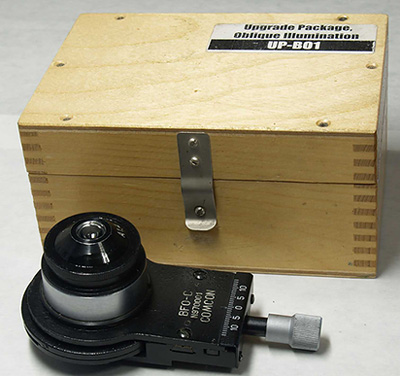
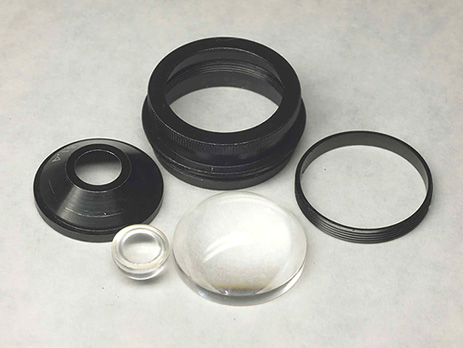
Figures 1 and 2.
|
Repair of the Lomo 1.40 NA Condenser by Ted
Clarke, USA |
This article is one to add to the sequence of articles in Micscape by Dave and Ian Walker on correcting problems with the Lomo Biolam microscope. This article is about repair of the Lomo 1.40 NA aplanatic condenser. Dave Walker had the same problem I had more recently with this condenser. The top element came loose and was resting on the lower lens element. My condenser is shown in Figure 1 after the top element was reattached using nail polish as the adhesive based on the prior successful repair by Dave Walker using nail polish.
The
condenser was disassembled into the components shown in Figure 2. The
top lens is ball shaped with a ground bevel around the slightly concave top
surface as shown in Figures 3 and 4 with the lens element resting in the 90
degree conical seat of a two piece alignment jig I made to assure precise alignment
when the lens was reattached to the housing. I do not see any other way
to mount this lens element than the way Lomo did, using a ring of adhesive between
the conical bevel around the top surface and the mating conical surface inside
the two piece housing. This is a very unusual design that lets Lomo use
two elements for an aplanatic condenser instead of the common three element
design. One of the lens surfaces may even be aspherical. I have used this condenser oiled for high NA darkfield and
found oil had gotten inside the condenser. I initially assumed that the
adhesive failure of the top lens was caused by use of this condenser oiled until
Dave informed me he had the same failure mode and never oiled his condenser.
I concluded that the oil had gotten inside the condenser at the flanged
joint between the mating halves of the housing. I sealed this joint with
nail polish using a ball from a bearing in place of the lens in the seat of
the alignment jig punch as shown in Figure 5. Adhesive remnants
were removed from the top lens using acetone. The top lens was carefully
cleaned with a Zeiss moistened lens cloth to remove the surface contamination
just prior to bonding with a thin ring of nail polish applied to the mating
surface inside the housing with the aid of a stereomicroscope.


Figures
1 and 2.
I
like Dave’s suggestion of using nail polish for the adhesive because it is easily
removable with solvent in case of an error or repeat failure. I will learn
in the future whether the repaired condenser can be used with glycerin instead
of immersion oil for high NA darkfield illumination to avoid attacking the adhesive.
Cleanup requires only distilled water. The spherical aberration from using immersion
fluid to achieve the claimed 1.40 NA is not a problem for darkfield illumination
between about 1.30 and 1.40 NA. A 1 mm oil filled gap is needed for the
high NA darkfield illumination that is not aplanatic.
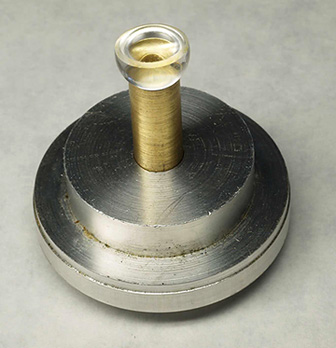
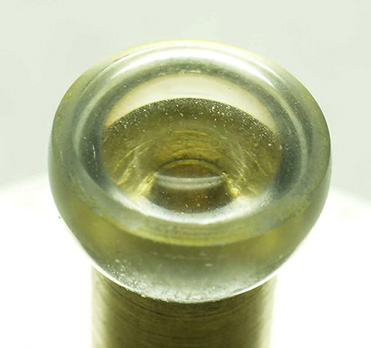
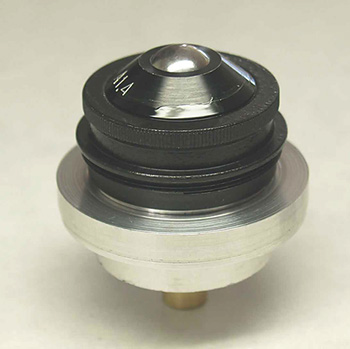
Figures
3,4 and 5.
The
images for this article were recorded with my new Olympus E-330 DSLR camera
shown in Figure 6. A cable release base was made for use of this
camera on a tripod. The close-up of the top lens in Figure 3 was made
using the Olympus f/3.5 50 mm macro lens mounted in the Olympus MF-1 adapter.
The focus was on the dirty top surface of the lens and was easily obtained
with a unique feature of this camera allowing a selected 460 x 640 pixel portion
from the main CMOS sensor to be displayed live for critical focusing. The
gray card shown in Figure 6 allowed rapid exposure setting using the live viewing
feature of the second sensor located in the viewfinder chamber. The 28
mm f/2.8 Olympus camera lens is included in Figure 6 because this lens in the
MF-1 adapter allows me to record the full field of a 10X eyepiece that is not
high eyepoint using the E-330. I mount the camera in my rigid macro stand
for photomicrography to avoid image blurring from shutter vibration.
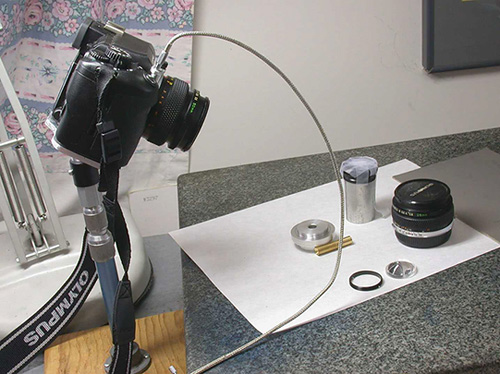
Figure
6.
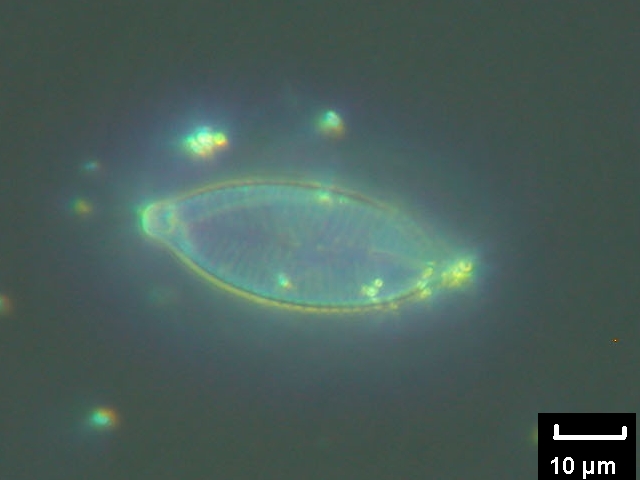
Figure 7. Example of high NA darkfield imaging of a live diatom with aplanatic condenser. This image was obtained using the Lomo 30X water immersion objective set at its full numerical aperture of 0.90 NA. A 30 mm tube length extension was used to partially compensate for the spherical aberration due to use of this objective without the specified 0.17 mm thick coverslip. A high eyepoint Lomo Edupointer 10X eyepiece was used with a Coolpix 995 camera.
Comments to the
author
Ted
Clarke
are welcomed.
Published in the August 2006 edition of Micscape.
Please report any Web problems or offer general comments to the Micscape Editor .
Micscape is the on-line monthly magazine of the Microscopy UK web site at Microscopy-UK
© Onview.net Ltd, Microscopy-UK, and all contributors 1995
onwards. All rights reserved.
Main site is
at www.microscopy-uk.org.uk
with full mirror
at www.microscopy-uk.net
.